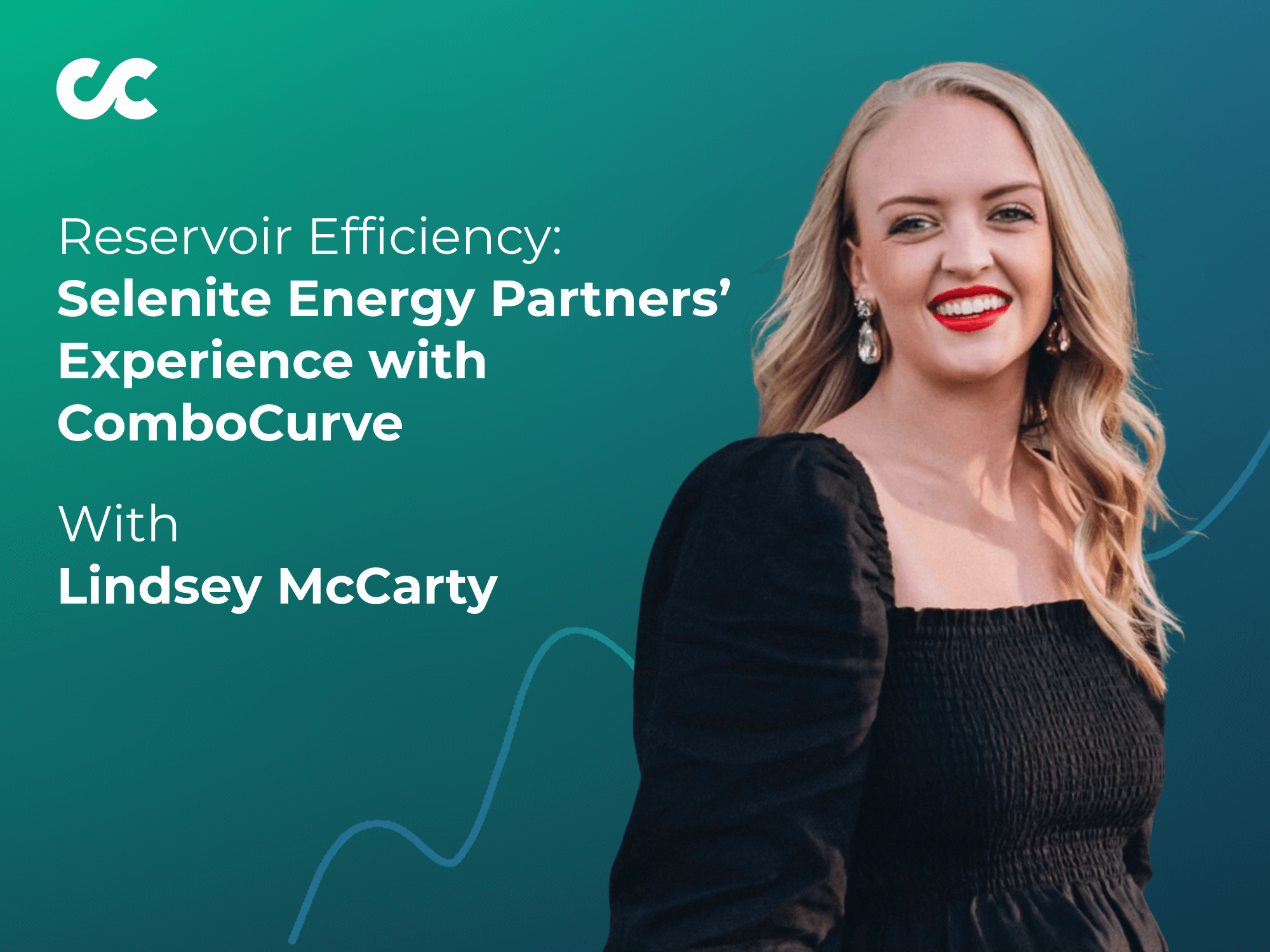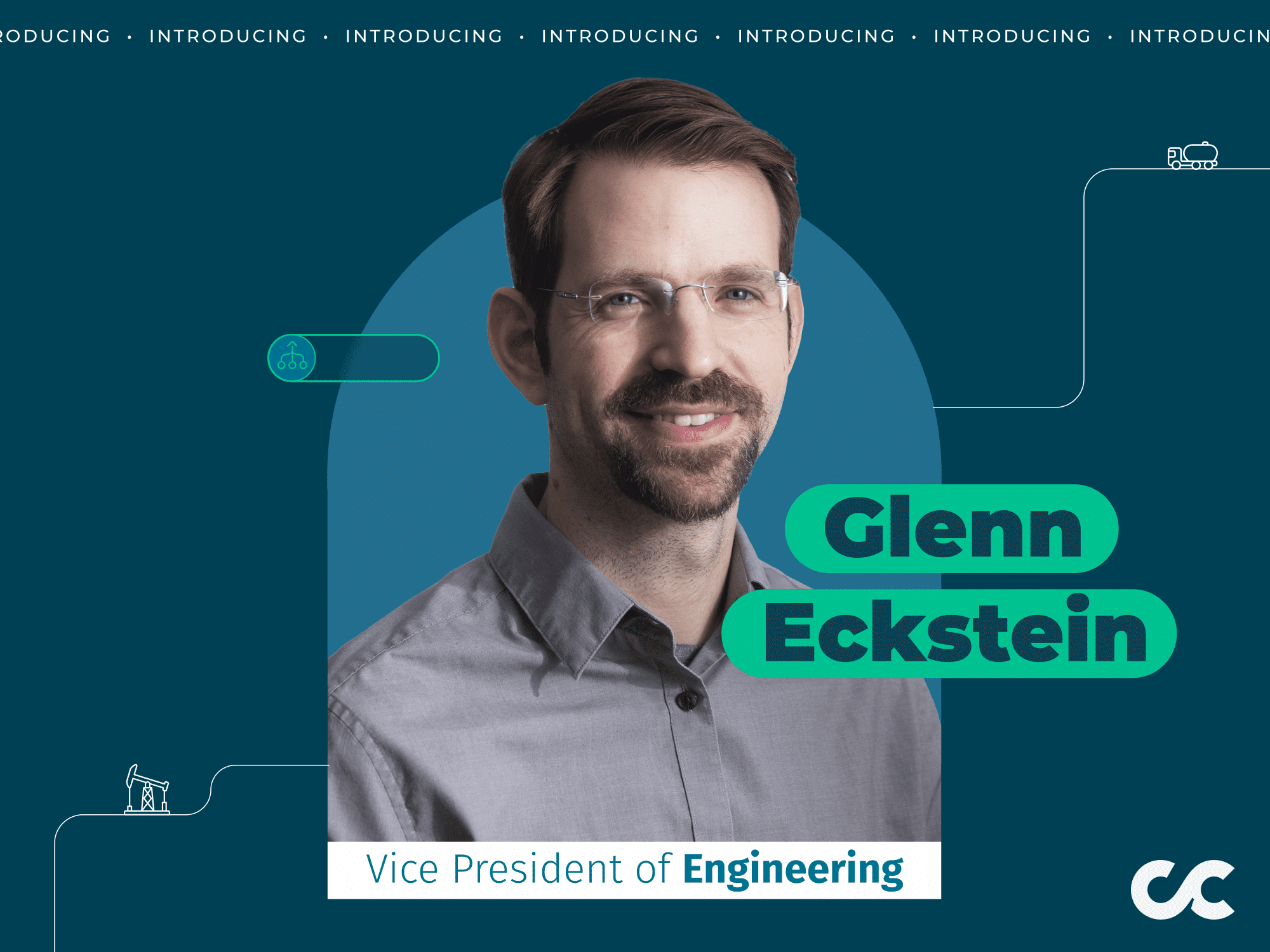Petroleum Engineering w/ ComboCurve in Under 5 Minutes
4 days for 1 person to run petroleum engineering workflows on forecasts, type curves, etc., each month, means you're losing 1,152 hours annually.
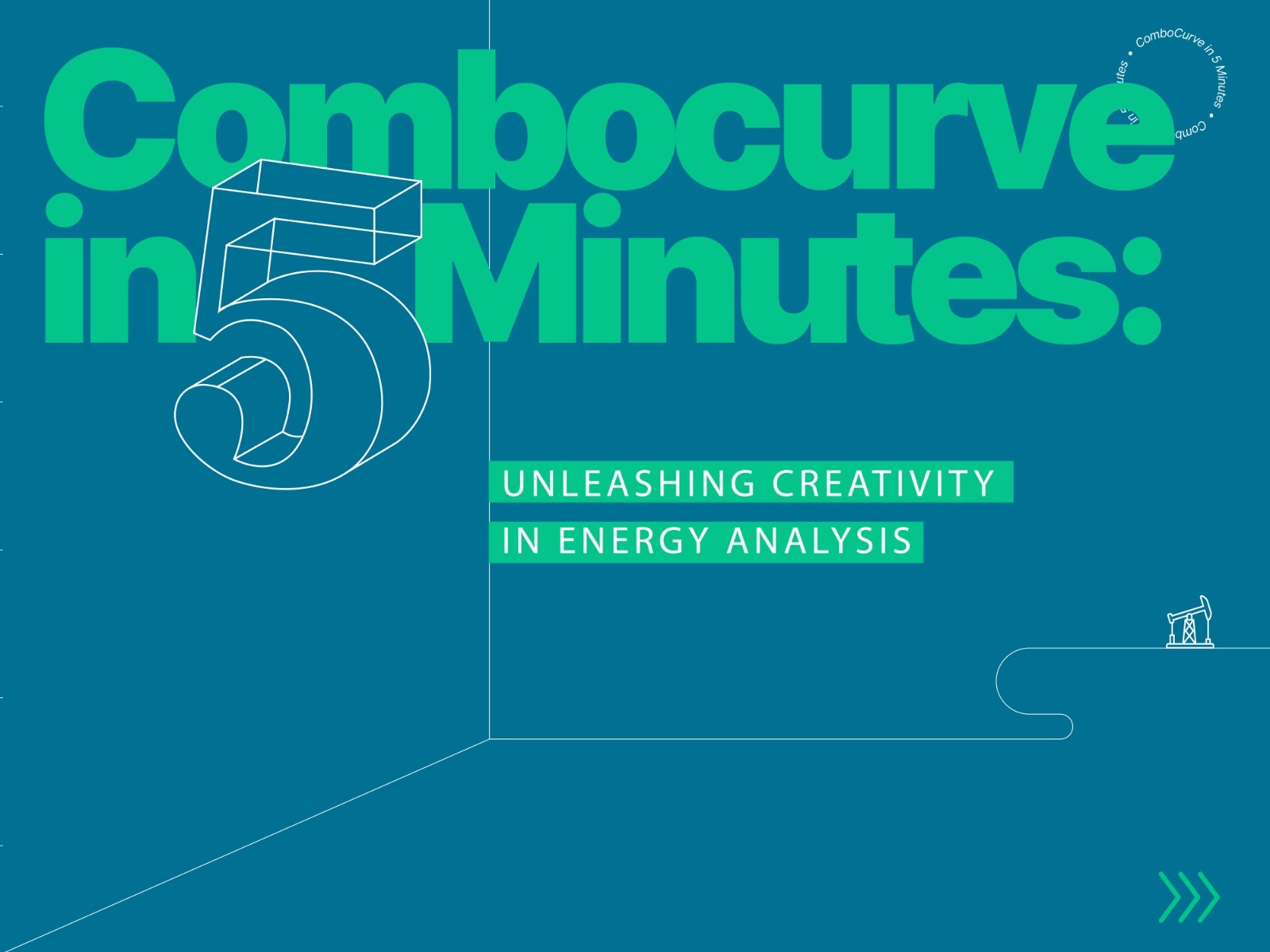
Petroleum Engineering Pro-Tips: What Is ComboCurve in 5 Minutes?
Remember when you graduated with your petroleum engineering degree? Gen X and early Millenials straddle two worlds; born in an analog world and came of age in a digital one. You might recall being confused when you were told the process to gather petroleum engineering data back then.
“How is it possible we *still* have to do everything manually?” you questioned… in 2006!
We came into the industry calling for a digital revolution. ComboCurve wouldn’t arrive on the scene for another 14 years. Now a full 17 years later, the struggle continues.
ComboCurve is making waves, but the adoption of radically faster petroleum engineering software must accelerate. Between regulatory regimes, the great crew change, and political unrest across the world, oil and gas professionals and budgets are stretched thin.
If you have 1 engineer who spends 4 days working on reserves reports, forecasting, type curves, etc., once a month.
4 Days x 12 Months = 48 Days Lost Every Calendar Year
24 Hours x 48 Days = 1,152 Hours Wasted Each Year
Taking it one step further, let’s say you have 5 engineers.
That’s 240 days — FIVE THOUSAND SEVEN HUNDRED AND SIXTY HOURS — that could be saved annually.
The more engineers on your team, the more time your team could be saving. With so much time, money, and (most importantly) stress at stake, let’s dive into the first edition of our new “ComboCurve in 5 Minutes” Series where we explore everything you can do in ComboCurve in 5 minutes.
This new series will open the heavens for the industry on exactly how much time they are wasting, and exactly what they can do about it.
Why are we still taking 3-hour coffee breaks waiting for economics to run? Why is any C-Suite executive, EVP or VP of Engineering, VP or Director of Engineering, VP of Business Development, Reserves Manager, Asset Manager, Senior Reservoir Engineer, Reservoir Engineer, Production Engineer, or Engineering Tech attempting to process petabytes of data on their workstation?
In the Beginning…
Think back to your first day on the job. You spent hours looking up each new well. To find them, you scrolled through PDFs, then manually input the Completions data into your area’s database. By the end of that first day, it hit you. You have to do this all over again tomorrow. And every day for the rest of your life. From there, the party just kept going.
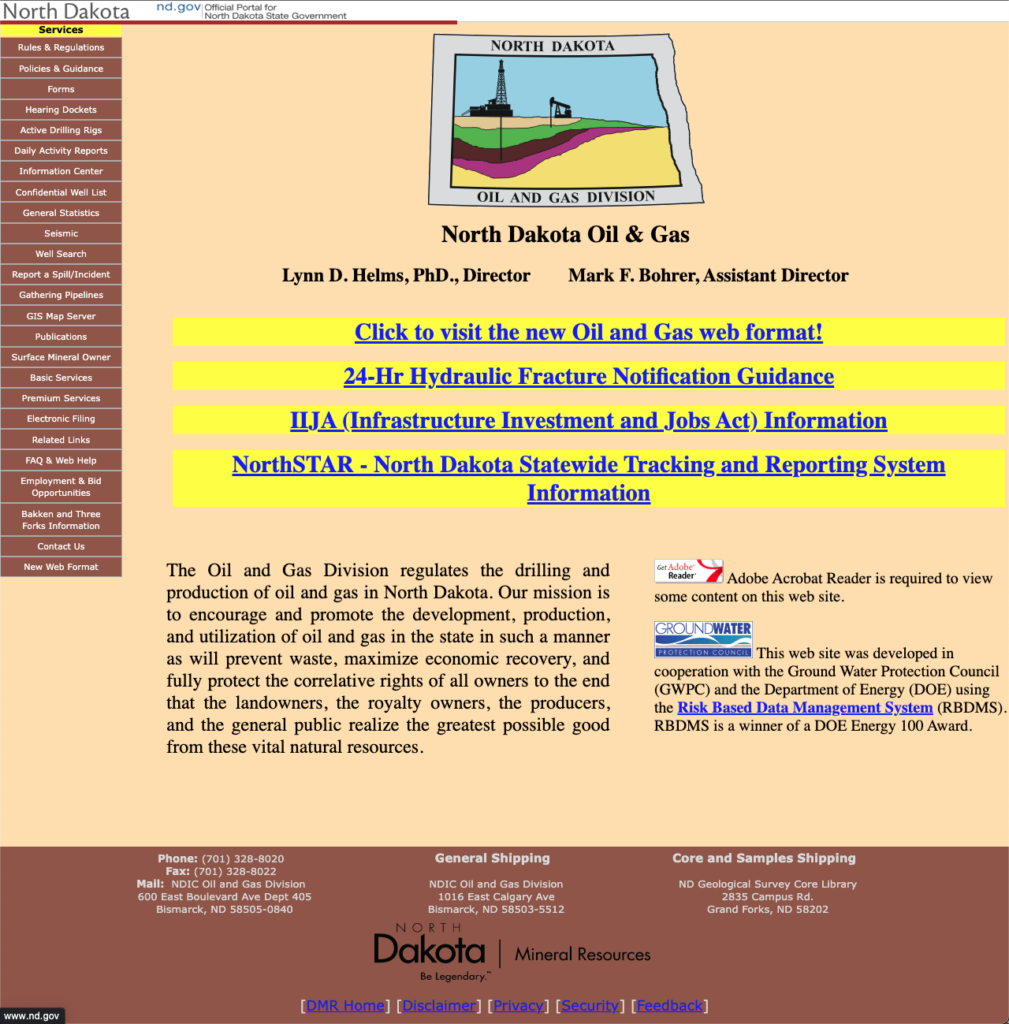
Once a week, you manually logged in to various state websites. You downloaded the data, cleaned it, and – if you had enough time left in the day – created a small Excel file to format everything correctly. Thankfully, with ComboCurve’s ComboSync and its multiple integrations, all that wasted time is yours instantly. Your internal, public, and third-party data is ready to go as soon as you turn on your computer.
You don’t have to search the database for the latest production date. Tediously re-checking every line to make sure you got all the data for each well is a thing of the past. Your data is simply ready to analyze in an instant. What a relief from the usual chaos that comes with searching and retrieving massive amounts of data.
Now, a question for you:
If you saved 1,000 hours over the next 12 months, what would you do with all that time? Were I still in your seat, I would have a healthy list and it’d look something like this.
#1 Dig Into Petroleum Engineering Data to Reduce CapEx/OpEx
Let’s say you’re dealing with a play you’ve never worked. Maybe you don’t have forecasts for any of the wells in your target zone. In this situation, your team would have to individually forecast upwards of 5,000 wells or more. As we’ve seen, to say this is time-consuming is a vast understatement.
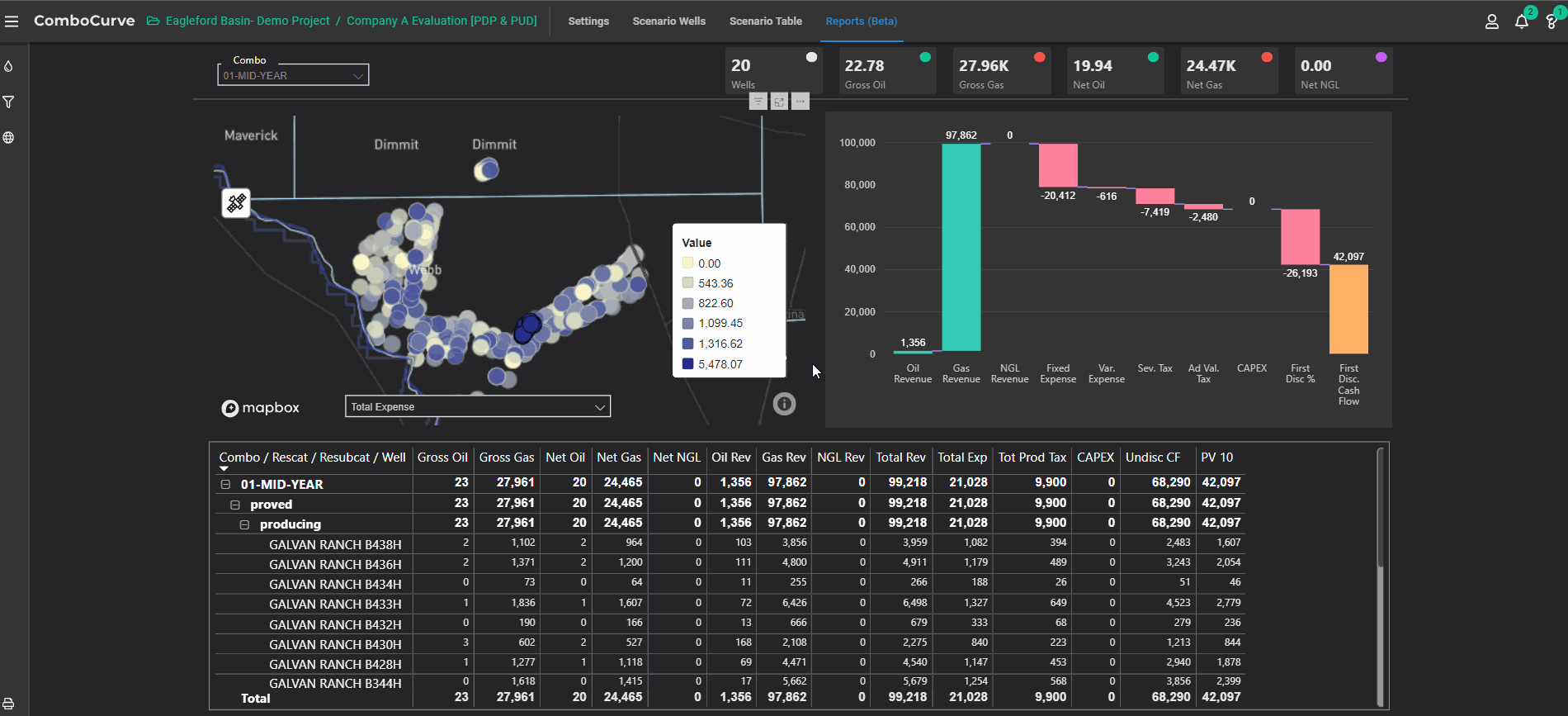
If you’re on a tight schedule, you’re stuck. You have less time for sensitivity analysis. If you didn’t have to spend so much time manually forecasting, you could analyze the OpEx history and find ways to cut costs.
What if you’re spending too much on water hauling? How do you know when it’s time to negotiate a new contract? With ComboCurve, you have the psychic bandwidth to solve big problems. The true problems holding you back today.
#2 Build More Type Curves
Next, wouldn’t it be great if you could make type curves to evaluate undeveloped portions of the acreage you’re evaluating? It takes time, but with careful consideration, it will be less time-consuming. I would finally have time to ask, “What if we…?”
For example, what if we looked at the EURs for offset wells?
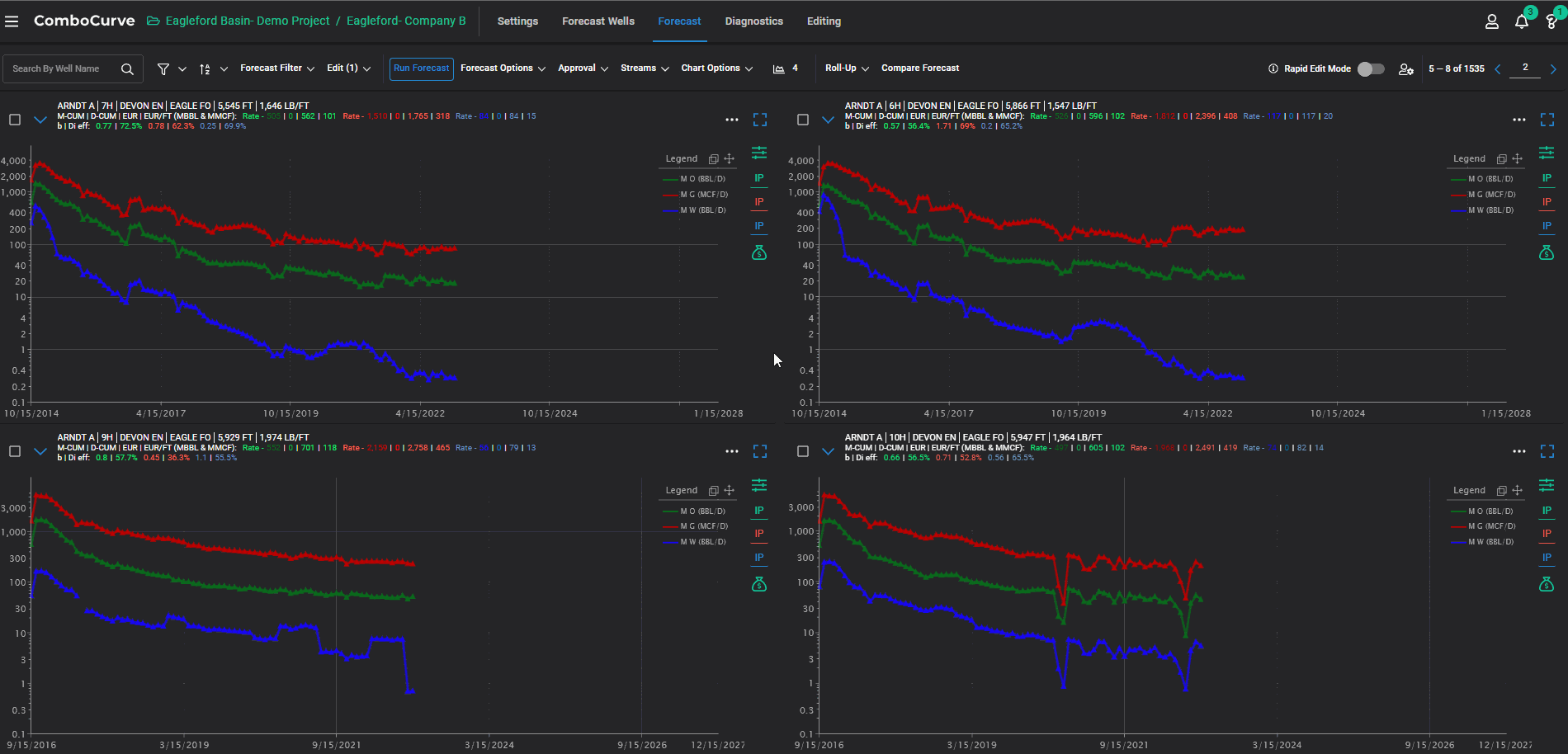
To answer this question, you could spend more time looking into the performance of the wells within the surrounding acreage. You could then auto-forecast those wells with Proximity.
With high-quality forecasts in hand, you can start building heat maps to identify the best EURs. You can explore questions like, “What was the spacing? What was the completion design?” This way, you can spend more time optimizing future development scenarios and running economics on those to see which one produces the metrics your company values most.
#3 Evaluate More Deals
Time is the great equalizer. Everyone has 24 hours in a day. Again, the question is, “What will you do with that time?” What would it do for the quality of your analysis if it didn’t take 4 days to evaluate 1 deal? What if you could run 10 different economic scenarios (“Combos”) at once in under 5 minutes?

Petroleum engineering is a game of numbers like anything. There are a fixed number of deals out at any given time. Bidding on acreage is just like bidding on a house. Submitting a bid is no guarantee you will close.
In oil and gas, you expect a 2%. With better data, faster workflows, and real-time collaboration on the fly, it’s not unrealistic to think you could double your close rate. Conversely, you could end up with a similar close rate while closing more deals.
No matter what, you could be doing so much more.
#4 Explore Engineering Scenarios
You need to look at different petroleum engineering scenarios just like you need to look at different economic scenarios. Thankfully, with ComboCurve, you don’t have to jump to another software to do your job. Engineering scenarios are embedded in the platform’s Economics module where you build Combos in under 5 minutes.
For example, the first scenario/Combo might have tight well spacing and smaller completions, leading to a specific production profile. Combo 2 could be fewer wells with wider spacing and larger completions adding more cost and production.
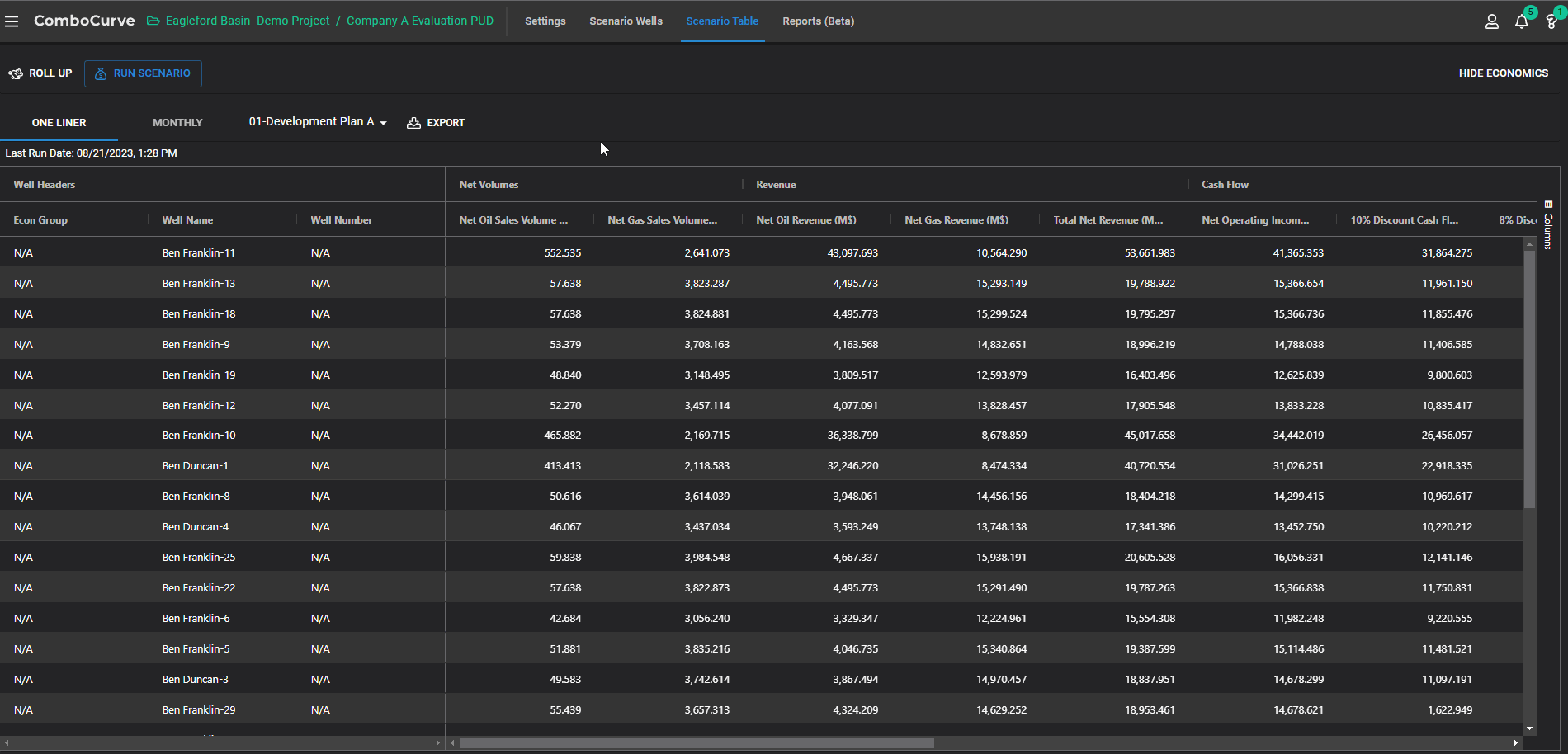
This varied approach provides different outcomes, allowing teams to assess and select the most suitable strategy. Whether focusing on denser well arrangements to maximize field coverage or opting for wider spacing with larger completions to potentially enhance yield, organizations can align these scenarios with their objectives, budget, and risk tolerance.
The ability to model and compare different configurations empowers engineers, asset managers, and executives to make informed decisions that resonate with the company’s overall vision and the unique characteristics of the reservoirs they manage.
#5 Benchmark Emissions
More and more companies are benchmarking emissions against peers using yearly KPIs related to carbon intensity. In previous roles, you might have pulled data from public EPA reports and built large Excel spreadsheets. In this situation, you would feed those spreadsheets into Power BI or Spotfire to gauge your standing against peers in terms of emissions.
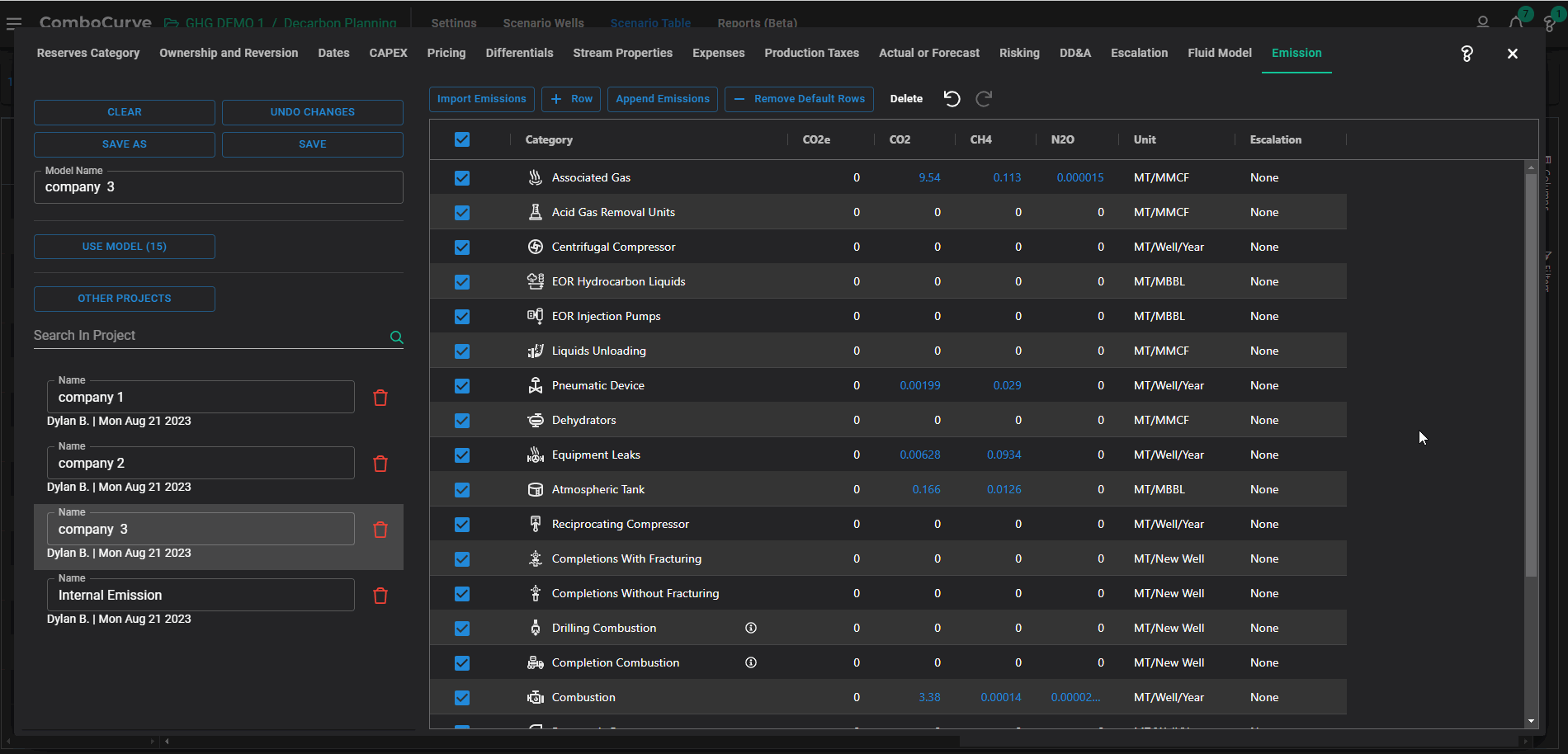
This is especially important for emissions-challenged assets. Compiling reports from EPA data has a two-fold benefit; it demonstrates emissions problems are not unique to you, and you can be in the top quartile for lowest emissions, even one carbon-intense asset.
To tackle all this work, many companies create Emissions Manager positions. This person has to gather data, benchmark against competitors, and identify ways to lower emissions. The role was is not a one-time task, but an ongoing effort.
Let’s say you want to sell a low-emissions asset in the Appalachian Basin assets. Intuition tells you it’s not a problem to sell this asset. Reality says otherwise.
After you run the numbers, selling an asset like this can turn into a negative. It could raise your average emissions, leading to dissatisfaction at the management level. No one is happy when they are in the middle of a deal and realized they cannot, in fact, sell their asset. Acting quickly and understanding emissions as part of consideration up-front can save you several sleepless nights.
What About Small Operators?
If you made a list with a line down the middle and placed the problems large operators face on one side with small operators on the other, the biggest difference would be the scale of the problems.
When you’re a small operator, you work with fewer assets and less capital. You might be more flexible, but crossing every T and dotting every I becomes all the more vital.
Every dollar counts. Every minute counts.
Majors are not concerned with $10,000 on its balance sheet. If you’re a small operator, $10,000 is your payroll this week. All the more reason to work on a unified platform that ties together forecasting, type curves, and economics in one central location.
Highly-Proficient Petroleum Engineering
No matter what size operator you are, ComboCurve can vastly improve your workflows. You can auto-forecast thousands of wells, build basin-wide type curves, run economics, explore petroleum engineering scenarios, and benchmark emissions against competitors—all in under five minutes. Reclaim several hours of your workday to focus on what you love about your job. Are you a leader at your company? ComboCurve offers the same benefits. It gives your team back precious time so you can work together more effectively, fostering creativity and innovation.
If any of this sounds like your story, it’s time to team up with ComboCurve. Click here to book a demo.
See how your team can go from forecast to economics in minutes with energy’s fastest analysis engine.
Related Posts
January 17, 2023
ComboCurve Disrupts Energy Industry Awards Season
"We have an incredibly skilled team of passionate people solving important problems. ComboCurve is thrilled to be recognized as a leader in energy expansion."
August 7, 2023
Reservoir Efficiency: Selenite Energy Partners’ Experience with ComboCurve
As the Chief Operating Officer of Selenite Energy Partners, a structured capital finance company, Lindsey McCarty has been navigating the nuances of oil and gas for over 15 years.
November 29, 2023
ComboCurve Launches Next Phase of Platform with Glenn Eckstein as Vice President of Engineering
Rapidly growing energy platform ComboCurve is excited to welcome Glenn Eckstein to its leadership team.

